The project of producing 200 intelligent glass tempering equipment per year-3# workshop, with a construction area of 20,376.77 square meters, and a planned construction period of 150 days.
The steel structures in the plant are crucial for supporting the complex systems involved in the tempering process, which requires high heat, precise control, and heavy equipment.
1. Purpose of the Steel Structure
The steel structures in a glass tempering furnace plant serve several purposes:
Supporting the Furnace: The furnace is a heavy, high-tech piece of equipment that requires robust structural support. Steel structures provide the foundation and framework to house the furnace and its associated components.
Mounting Equipment: The plant needs various equipment such as conveyor systems, air blowers, heating elements, and control panels, all of which are mounted on steel frames.
Safety and Accessibility: Steel structures are used to create elevated platforms, walkways, and stairs for operator access to the furnace, controls, and maintenance areas while ensuring safety standards are met.
2. Design Considerations
When designing the steel structure for a glass tempering furnace plant, the following factors are taken into account:
Heat Resistance: The steel must be able to withstand high temperatures generated by the tempering furnace, as glass tempering can reach temperatures of 600°C to 700°C (1,112°F to 1,292°F).
Load-Bearing Capacity: The structure must support the weight of the furnace, which can be quite heavy, as well as the weight of other equipment such as motors, blowers, and conveyors.
Corrosion Resistance: Glass tempering plants often deal with humidity and other corrosive elements (such as chemicals used in the glass production process), so the steel must be coated or treated to resist rust and corrosion.
Vibration Resistance: Furnaces and other machinery in the plant can generate vibrations. The steel structure must be designed to minimize these effects and prevent damage or misalignment of equipment.
Modular Design: Many plants prefer modular design, where the steel components are pre-fabricated in sections and assembled on-site. This speeds up the construction process and allows for easier future expansion.
Compliance with Industry Standards: The design must meet relevant industry standards, such as ISO standards, safety regulations, and environmental requirements.
3. Key Areas in the Steel Structure of the Plant
The steel structure of a glass tempering furnace plant typically includes several important areas:
Furnace Housing
The primary function of the steel structure is to house the tempering furnace itself, which involves heavy-duty steel beams and supports to hold the furnace in place. The furnace may be integrated into the structure or housed in a dedicated space with additional supports for ventilation, heating, and cooling systems.
Insulated Walls: Steel frames are used to construct insulated walls around the furnace to minimize heat loss and protect surrounding areas from high temperatures. Insulation materials such as ceramic fiber or mineral wool are often used in conjunction with the steel frame.
Conveyor System Supports
A critical component of the glass tempering process is the conveyor system that transports glass sheets into, through, and out of the furnace. The steel structure includes supports for the conveyor belt system and other material handling equipment.
Overhead Conveyors: In some cases, the steel structure includes overhead systems that move glass sheets in and out of the furnace. These systems require strong steel frames to support the weight of the glass and conveyor mechanisms.
Elevated Platforms and Walkways
Operator Access: Steel platforms, walkways, and ladders are installed to give operators safe access to control panels, furnace maintenance areas, and high-mounted equipment.
Maintenance Areas: Elevated steel platforms also provide maintenance personnel with safe access to critical components such as motors, burners, or cooling fans that need regular servicing.
Control Room and Electrical Enclosures
The steel structure also supports control rooms, electrical enclosures, and utility areas. These spaces house the systems that control the furnace temperature, cooling cycle, and other parameters, and they must be positioned for easy access and safety.
Cable Trays and Ducts: The plant will require cable trays or ducts to house and route electrical wiring safely throughout the structure.
Ventilation and Cooling Systems
The steel structure also includes supports for the ventilation and cooling systems. These systems are crucial for regulating the temperature inside the furnace and ensuring that the glass is tempered correctly.
Cooling Towers: Steel supports are used to house and stabilize cooling towers, which are responsible for rapidly cooling the glass after it has been heated to the desired temperature.
4. Fabrication Process
The fabrication of the steel structure for a glass tempering furnace plant follows these steps:
Material Selection
High-Strength Steel: Typically, high-strength carbon steel or alloy steel is used due to its load-bearing capacity, durability, and resistance to heat.
Corrosion Protection: Galvanized steel or steel treated with anti-corrosion coatings is often used in areas exposed to heat, humidity, and chemicals.
Cutting and Shaping
Plasma Cutting: Large steel plates are precisely cut to the required dimensions using plasma cutting machines. This allows for intricate shapes and edges, reducing material waste.
Bending and Rolling: Steel beams and columns may need to be bent or rolled to specific shapes to meet design requirements.
Welding
Structural Welding: Steel components are welded together to form the framework of the structure. High-quality welding techniques like MIG or TIG welding are used to ensure the integrity and strength of joints.
Welding Inspection: Non-destructive testing (NDT) methods like ultrasonic or x-ray inspections are used to verify the quality of welds.
Assembly
Pre-Assembly: Some sections of the steel structure may be pre-assembled in the workshop before being shipped to the site. This can include sub-assemblies such as furnace frames, conveyor supports, and platform sections.
Modular Approach: A modular approach allows for efficient assembly on-site, as steel components are pre-fabricated and tested before installation.
5. Surface Treatment
Given the harsh environment in which the steel structures will be used, surface treatment is critical:
Heat-Resistant Coatings: Steel components exposed to high temperatures, such as parts of the furnace housing, may be coated with heat-resistant paint or protective coatings to prevent heat-induced damage and to extend their lifespan.
Anti-Corrosion Coatings: Steel surfaces exposed to moisture, chemicals, and high humidity (such as areas around cooling systems or external structures) are coated with anti-corrosion layers.
Galvanizing: In some cases, parts of the steel structure may be hot-dip galvanized to enhance corrosion resistance, particularly for components that will be exposed to outdoor elements.
6. Installation and Erection
On-site assembly and erection of the steel structure involve several steps:
Foundation Preparation: The site must be prepared with a solid foundation to support the weight and structure of the furnace and associated components. Concrete foundations and anchor bolts are typically used.
Crane Lifting and Assembly: Large steel components are lifted into place using cranes. This requires careful planning to ensure the structural integrity of the plant and worker safety.
Final Assembly: After lifting, the components are bolted or welded into place, and final adjustments are made.
7. Quality Control and Safety
Safety Standards: Throughout the fabrication and installation process, safety protocols must be strictly followed to protect workers. This includes proper handling of heavy materials, adherence to fall protection standards, and use of personal protective equipment (PPE).
Quality Control: All components are subject to rigorous quality control processes, ensuring they meet the required specifications for strength, alignment, and safety.
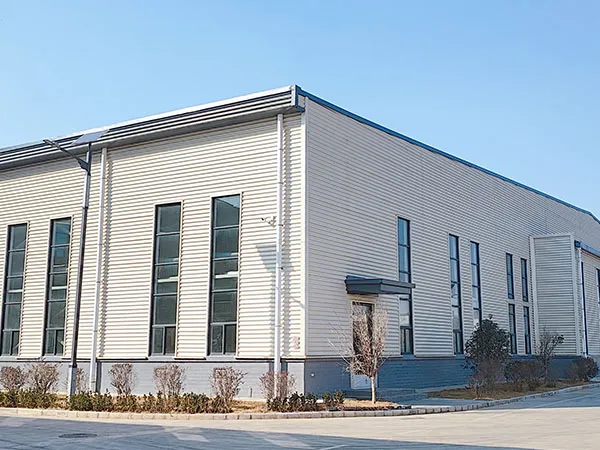
Steel Structure Workshop
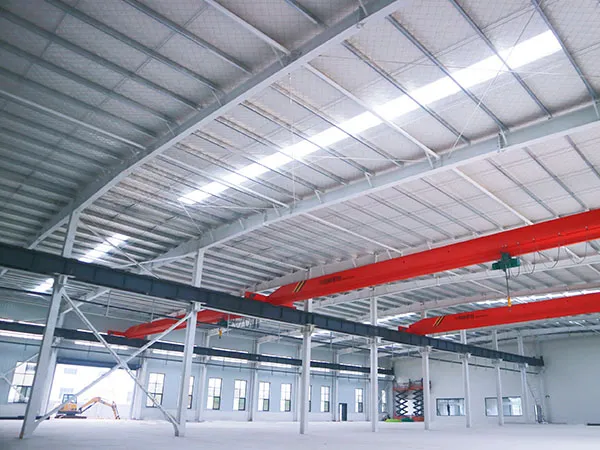
Steel Structure Factory
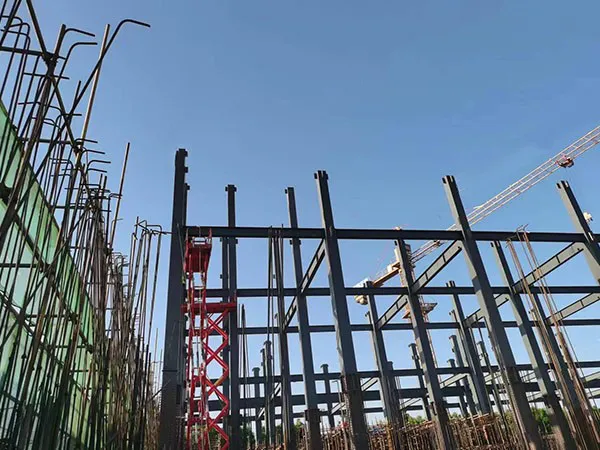
Steel Structure Cold Storage
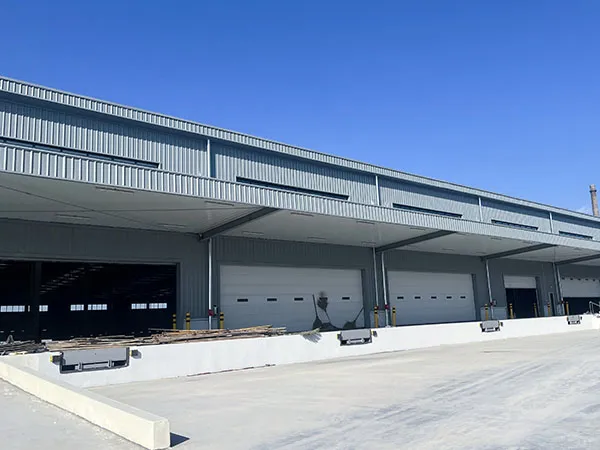
Logistics Park B04 Warehouse Steel Structure Project
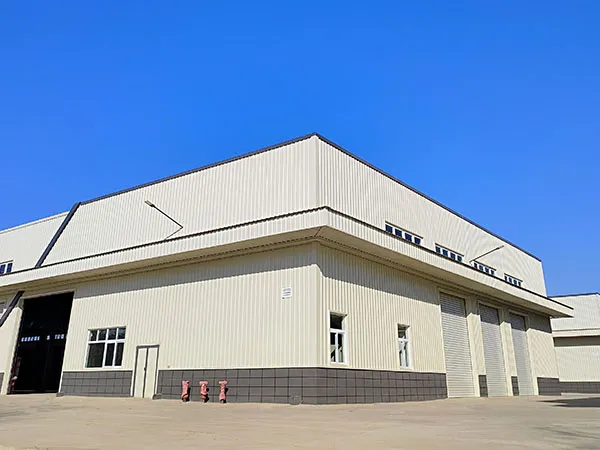
Henan Jiyuan South Passenger Transport Station Steel Structure Engineering Design Project
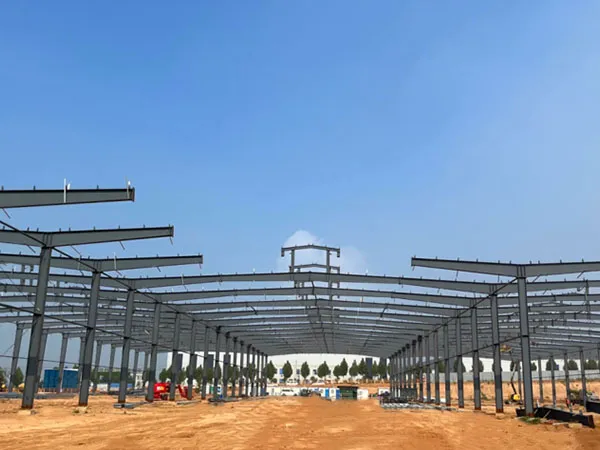
Luoyang Shangke Electrical Technology Co., Ltd. Project
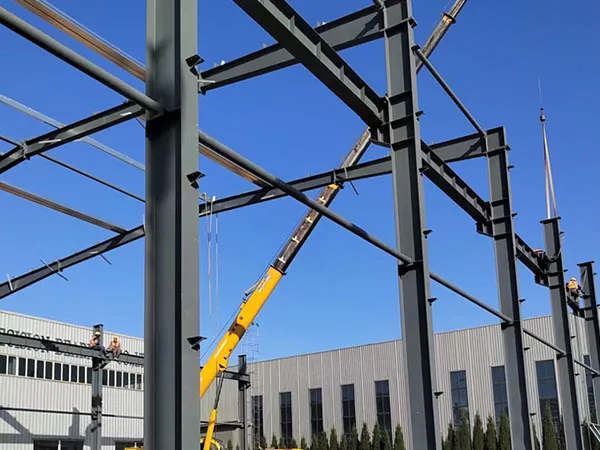
Luoyang Zhongyue Precision Bearing Co., Ltd. Steel Structure Plant Project
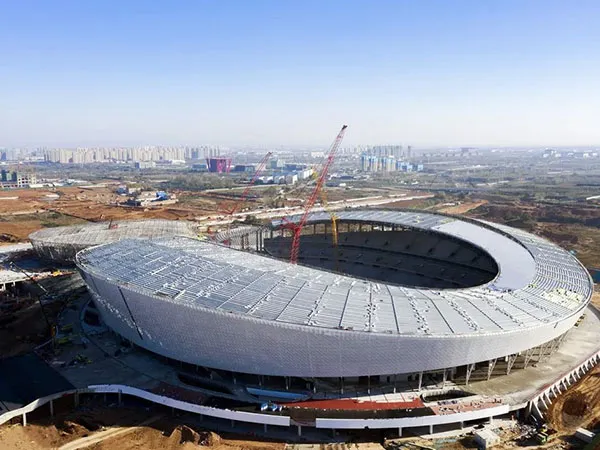
Luoyang Olympic Center Project